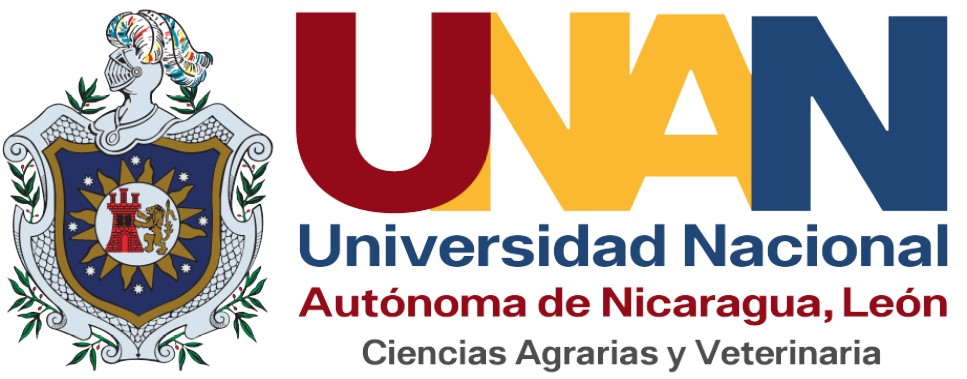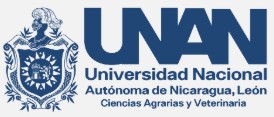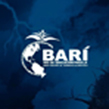Aspects to be evaluated within the bio-economy and eco trail - intensification for the good performance of beekeeping to the variability of solar and geomagnetic activity and climate change
DOI:
https://doi.org/10.5377/ribcc.v1i1.2149Keywords:
beekeeping, solar and geomagnetic activity, climate changeAbstract
Productive activity of honey bees (Apis mellifera) is likely to be affected by numerous, especially for meteorological reasons for their actions is strongly linked to weather conditions, which limit its work to natural factors. The presence each year of severe weather events is also a factor to consider for its plant resources and live in your own bee population impact. Plagues and epidemics suffering bee colonies in some way modulate the production, making it severely wane before the appearance of those. In turn it has been found and shown in numerous studies that the climate, the weather and the occurrence of pests and disease, show a sensitive dependence on the solar and geomagnetic activity, causing this that the phenomenon is much more complex at multivariate . In this paper we present the results of an analysis of the variability in the production of honey in the Cuban territory for 50 years and its possible association with long-term variability of solar and geomagnetic activity. Production of honey, wax, and productivity per hive for the whole period analyzed. Results are discussed and hypotheses about the relationship found, that allows a partnership between the behavior of the productive indicators and solar and geomagnetic activity arise.
Rev. iberoam. bioecon. cambio clim. Vol.1(1) 2015; 207-222
Downloads
Metrics
References
Babayev E. S. et al., (2006): An Influence of solar and geomagnetic activity on honey bees and world honey production. No1 Fizika-riyaziyyat elmleri seriyasi 2006.
D. N. Russell and S. J. Webb. Metabolic Response of Danafisarchippus and Saccharomyces cerevisiae to Weak Oscillatory Magnetic Fields. Int. J. Biometeor. 1981, vol. 25, number 3, (257-262 p).
https://doi.org/10.1007/BF02184527
Durán O. Estudio geográfico de la apicultura y de su contribución al desarrollo sostenible: Estudio de Casos. Tesis de Doctorado. Universidad de La Habana, Cuba. (2000) 103 p.
Mikhail N. Zhadin (2001): Review of Russian Literature on Biological Action of DC and Low-Frequency AC Magnetic Fields. Bioelectromagnetics No. 22, (27-45 p).
https://doi.org/10.1002/1521-186X(200101)22:1<27::AID-BEM4>3.0.CO;2-2
Pérez A. (1979): Incidencia de los factores climáticos sobre la producción de miel y la flora melífera. (REGION OCCIDENTAL DE CUBA). Cienc. Tec. Agric. Apicultura 2 (37-51).
Pérez A. (1992): The nectar of Ipomoea triloba L., turbina corimbosa (L) Raf., Citrus spp and Lysiloma latisiquia (L) Benth and relations of the honey harvest in Cuba. (Tesis para optar por el grado científico de Maestro en Ciencias Agrícolas). Universidad de Ciencias Agrícolas de Suiza. Mecanografiado.
Pérez A., Sierra P., (1993). Preliminary Resultats About Possible Relation Between Heliomagnetical Disturbances and Honey Producction in Cuba. APIMONDIA. 33rd International Apicultural Congress, Beijing, China.
Palmer S. Rycroft M. J. (2006): Cermack. Solar and geomagnetic activity, extremely low frequency magnetic and electric fields and human health at the Earth's surface. Surv. Geophys. DOI 10.1007/s10712-006-9010-7.
https://doi.org/10.1007/s10712-006-9010-7
Sierra F.P., Sierra F.S., Rodríguez T. R., Pérez P. A. (1999): Impacto Medioambiental de las Perturbaciones Heliogeofísicas. Consideraciones a partir de Resultados Observacionales. Rev. Geofísica, No. 50, México, D.F.(9-23 p).
Suyapa G. M. (2012): El Mito del Calentamiento Global y el Futuro del Desarrollo Humano Sostenible. Doctorado en Ciencias Sociales con Orientación en Gestión del Desarrollo. Ciudad Universitaria, Tegucigalpa, M.D.C. Honduras,
Downloads
Published
How to Cite
License
Copyright (c) 2015 Revista Iberoamericana de Bioeconomía y Cambio Climático

This work is licensed under a Creative Commons Attribution-NonCommercial-ShareAlike 4.0 International License.
Copyright © 2025 Rev. iberoam. bioecon. climate change. National Autonomous University of Nicaragua León (UNAN-León), Knowledge Area of Agrarian and Veterinary Sciences / Specific Area of Agroecology and Agribusiness / Center for Research in Agrarian Sciencies. Academic Directorate. Research Department. Publication and scientific events Unit.












 EDITORIAL
EDITORIAL e-ISSN
e-ISSN


 COPYRIGHT
COPYRIGHT This work is licensed under a Licencia Internacional
This work is licensed under a Licencia Internacional 












